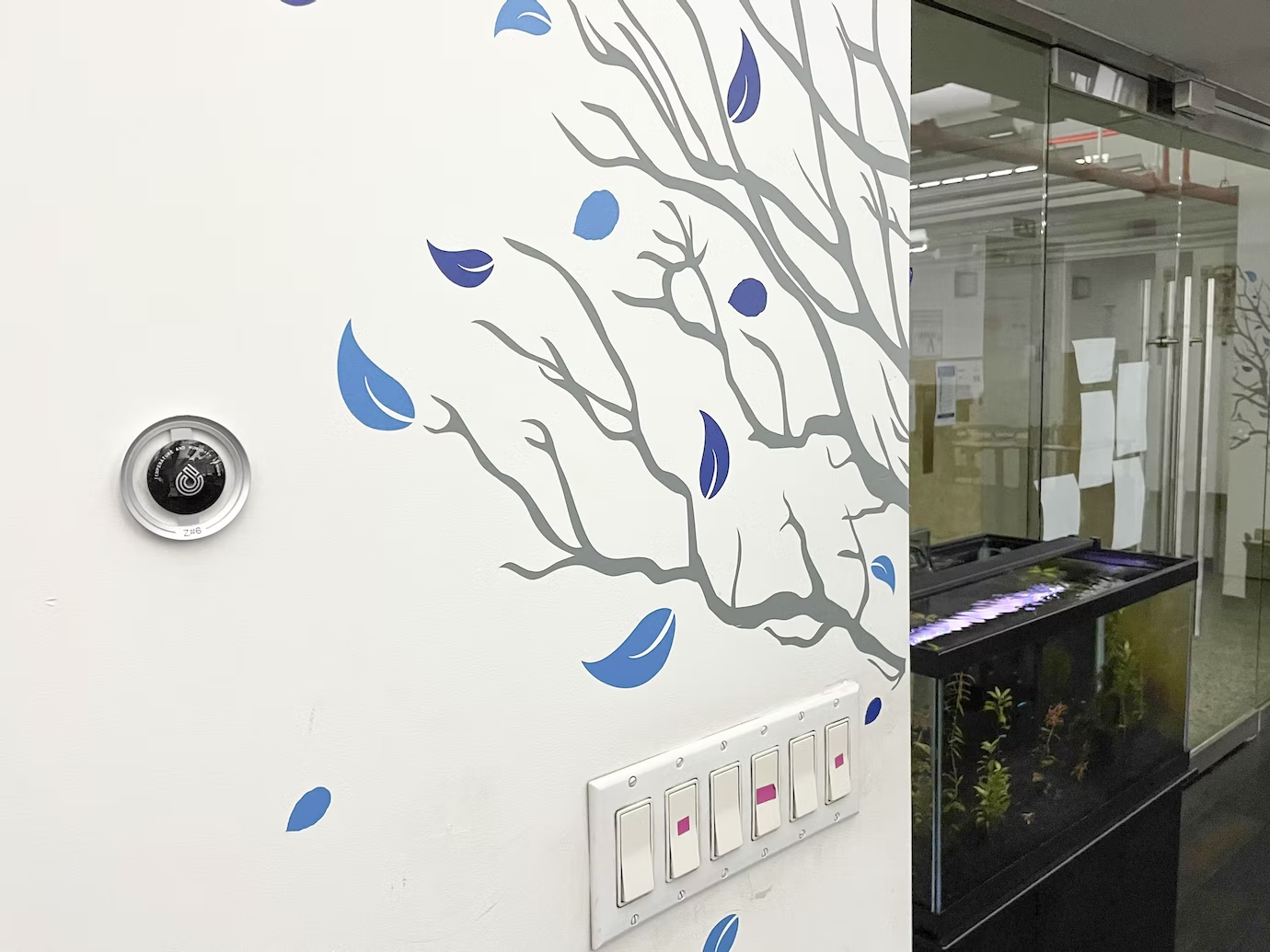下载PDF
相关案例.

Case Study
Mobile monitoring system: Vehicles with sensors to control air quality in Glasgow
Countries throughout the world have a need, and in many cases a legal obligation, to ensure air quality is meeting specific standards. Policies aim to reduce exposure to air pollution, by reducing emissions and setting limits and targets for AQI. Public authorities in cities have deployed static stations to monitor air quality data for a set of pollutant with specific, and high cost, sensing technologies. These stations provide highly accurate data but their cost limits the quantity of deployments, leaving large gaps in coverage.

Case Study
Enhancing Environmental Control and Reducing Emissions in Nordic Smart Cities
Municipalities and public institutions are concerned about air, water, noise or lighting pollution in cities. In the last years, it has become mandatory through several international regulations to reduce emissions that could impact in the environment and also inhabitants lives.Being a Smart City is more than just a trend, is a commitment with society and stakeholders.Carbon Track and Trace Project (CTT) aim is reducing CO2 emissions, combating climate change in cities and also developing a decision support system for cities greenhouse gas (GHG) emissions monitoring. It was funded by the Low Carbon City Lab flagship of the EU Climate KIC programme.

Case Study
Summit Materials: Enhancing Safety and Sustainability with IoT
Summit Materials, a leading integrated construction materials solution provider, was facing challenges in achieving their Environmental, Social, and Governance (ESG) goals due to decentralized solutions for telematics, safety, and site visibility. This decentralization led to gaps in their data and reporting, making it difficult to track progress against their goals. Their operations spanned across 22 U.S. states and British Columbia, Canada, further complicating the tracking process. Summit needed a technology partner that could consolidate their over the road fleet safety, emissions, and fuel consumption data into a single platform for better visibility and data reliability.

Case Study
IoT-Based Energy Management: A Case Study of Bright Power and 75F
Bright Power, a nationwide leader in strategic energy solutions, was facing challenges with simultaneous heating and cooling in its New York headquarters due to uncontrolled perimeter radiation and packaged air conditioning on thermostats. The building’s system included individually-controlled thermostatic radiator valves and a packaged air-conditioning unit. This led to frequent simultaneous heating and cooling and a lack of control, resulting in energy wastage and occupant discomfort. Bright Power sought to control the space’s disparate systems with the aim to reduce energy waste, increase comfort, and evaluate how IoT-based controls can help their commercial and multifamily clients achieve the same. They also required an open-source solution that could install in tandem with Tunstall radiator products.
Case Study
Mocoh's Transition to Lower Carbon Emissions with CarbonChain
Mocoh, a Geneva-based company supplying essential energy and resources across Africa, was facing a significant challenge in managing its greenhouse gas (GHG) emissions. In 2021, the company had little to no visibility of the carbon footprint or intensity of its oil and oil product trades. Mocoh wanted to lead the way in identifying sources of carbon emissions across its supply chain and publishing its findings. The company recognized the importance of transparent information and collaboration with all stakeholders in the complex energy transition. However, to do this, Mocoh needed to start measuring emissions from across its supply chain. The goals were to inform regulators with data-led information, understand the scale and structure of emissions in its products and transaction logistics, identify opportunities to reduce carbon intensity, and proactively and transparently share data with stakeholders.
Case Study
BNP Paribas and Greenly's Collaborative Effort to Reduce Carbon Footprint
BNP Paribas, a leading bank, recognized the urgent need to address the environmental impact of human activities, particularly the carbon footprint of individuals. The bank understood that without a significant reduction in greenhouse gas (GHG) emissions, the global surface temperature could rise by 2°C to 3.5°C by 2100, leading to an increase in extreme weather events and negative consequences for human health and development. The bank also acknowledged the Paris Agreement's commitment to limit CO2 emissions to keep global warming below 2°C. However, the average carbon footprint of a French person in 2018 was 11.2 t CO2eq per year, significantly higher than the target of about 2 tonnes of CO2 per year per capita. BNP Paribas realized that in addition to structural changes in production patterns, individual commitment to decarbonizing consumption and lifestyle was crucial to achieving these reduction targets.





